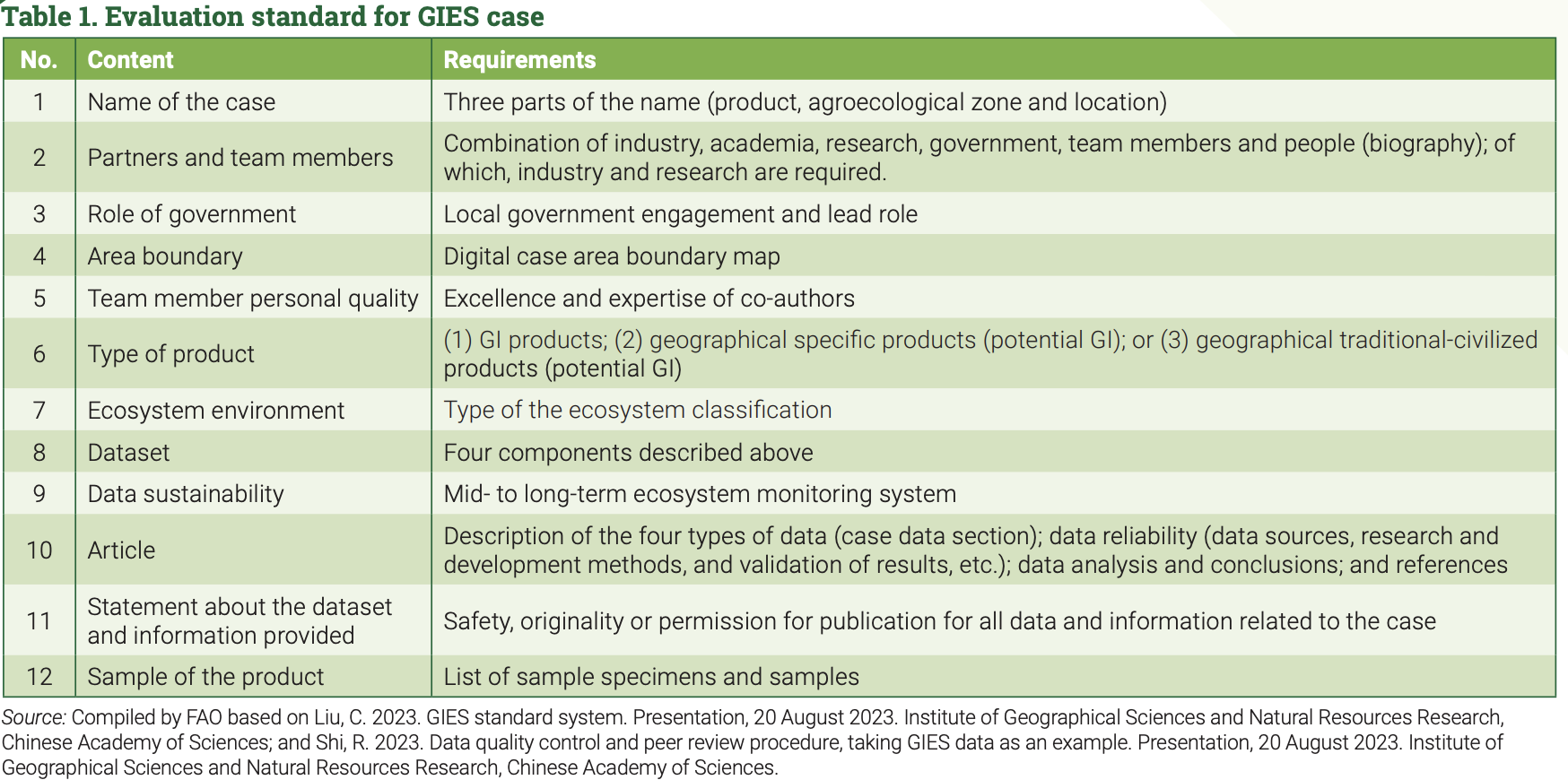Geographical Indications Environment & Sustainability: wide application in diverse agroecological zones and special agricultural products in China
23/01/2024

Yanchi Tan Sheep herding in Huamachi Town Arid Grassland
©IGSNRR/CAS
Advocating the combination of
science, technology, engineering and
communication, GIES promotes (1) open
science on the geographical information
system, remote sensing, big data and
Internet of things (IoT) technologies of
physical and human geography; (2) a
standard management of agriculture
products; and (3) traceability of the
products enabled by IoT. An overview of
GIES is available here.
As of November 2023, a total 17 GIES
cases have been published through a
stringent process of development and
scientific assessment as follows.
The GIES standard system
A GIES case needs to be developed in accordance with the GIES standard system. A variety of standards have been established, including for the data list; the evaluation of cases; and the data and data paper publishing.
The GIES data include three major categories: meta data; dataset (data products); and data paper. They are compiled in a CD-ROM (Global Change Research Data Publishing & Repository) with an ISSN code.
(1) Meta data: dataset title, dataset authors and affiliations, abstract, keywords, foundations, figures and references.
(2) Dataset: (a) eco-geographical data; (b) product attributes and testing data;(c) socioeconomic and management data; and (d) other data related to geo-cultural calendar.
- Eco-geographical data include landforms and landscape data, based on remote sensing images from a digital elevation model (DEM) and the Normalized Difference Vegetation Index (NDVI); meteorological data through monitoring stations; and soil and water characteristics through a sample collection and analysis.
- Product attributes and testing data contain species or varieties and their characteristics, nutritional values and chemical composition.
- Socioeconomic and management data include product and production standards, value chain characteristics and production management.
- Other data include the stories related to historical background and cultural value, photos and videos, among others.
(3) Data paper: The Journal of Global Change Data & Discovery is issued four times a year to publish data papers.
Evaluation standard and process
To qualify for a GIES case, 12 content areas are reviewed and scored (Table 1).

Evaluation steps entail three stages. The first review is conducted by dedicated expert editors to check the case for integrity, consistency, accuracy and standardization. In the second review, five to seven experts study the case comprehensively against the evaluation standard. In the third review, the final one, the chief editor makes the final judgment whether the case is qualified as a GIES case.

Application of GIES
The GIES methodology can be widely applicable to diverse agroecological zones and products, as summarized in Table 2. Among the products are cash crops, cereals, fruits and vegetables, fish, livestock, roots and tubers that are grown across a variety of agro-ecological zones, such as mountainous or hilly areas, permanent farmlands and river plains.
The products can also be found across wide geographical areas, stretching across the arid climate zone (type B of Köppen climate classification), the humid subtropical climate (type C) and the humid continental climate (type D).
Conclusion
The GIES tool extends beyond basic scientific research and focuses on ecological natural products by using open science, bridging the science, technology and innovation gaps. The GIES methodology can be widely applied to SAPs irrespective of agroecological zones, as long as they are associated with unique geographical features. It also sheds light on the socio-cultural values of SAPs. Countries are encouraged to adopt the methodology in their respective contexts.
Download .pdf version here
